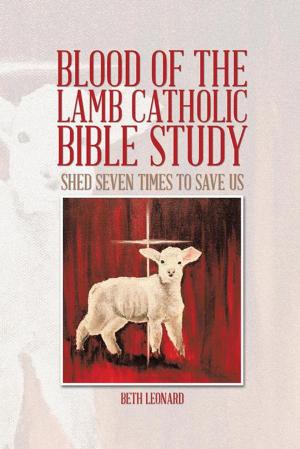Phantom Gettysburg
Alternative Histories on a Civil War Battlefield
Nonfiction, Religion & Spirituality, Occult, Supernatural, History, Military, New Age| Author: | John G. Sabol Jr. | ISBN: | 9781467845052 |
| Publisher: | AuthorHouse | Publication: | June 24, 2009 |
| Imprint: | AuthorHouse | Language: | English |
| Author: | John G. Sabol Jr. |
| ISBN: | 9781467845052 |
| Publisher: | AuthorHouse |
| Publication: | June 24, 2009 |
| Imprint: | AuthorHouse |
| Language: | English |
Phantom Gettysburg discusses the contemporary alternative version of a perceived haunted battlefield. In order to understand this alternative perception, contemporary anomalous phenomena must be affixed to and analyzed within their exact historical setting and social context.
An ethnographic model of mid-19thc. American culture is used as the basis for this analysis. Specifically, the cultural beliefs relative to the concepts of death and the afterlife, as it was envisioned by these soldiers, is the basis for this model. This historical ethnographic analysis serves two purposes. First, it is a means to legitimize the methodology and fieldwork practices of ghost research. Second, it is meant to analyze the Gettysburg experience and its haunting uncertainty in its historical and sociocultural environment.
The conclusion that is drawn from this comparative approach alters the reality and representation of an interactive ghostly battlefield presence. A Gettysburg haunted by Civil War soldiers is considered, for the most part, a phantom experience.
Phantom Gettysburg discusses the contemporary alternative version of a perceived haunted battlefield. In order to understand this alternative perception, contemporary anomalous phenomena must be affixed to and analyzed within their exact historical setting and social context.
An ethnographic model of mid-19thc. American culture is used as the basis for this analysis. Specifically, the cultural beliefs relative to the concepts of death and the afterlife, as it was envisioned by these soldiers, is the basis for this model. This historical ethnographic analysis serves two purposes. First, it is a means to legitimize the methodology and fieldwork practices of ghost research. Second, it is meant to analyze the Gettysburg experience and its haunting uncertainty in its historical and sociocultural environment.
The conclusion that is drawn from this comparative approach alters the reality and representation of an interactive ghostly battlefield presence. A Gettysburg haunted by Civil War soldiers is considered, for the most part, a phantom experience.

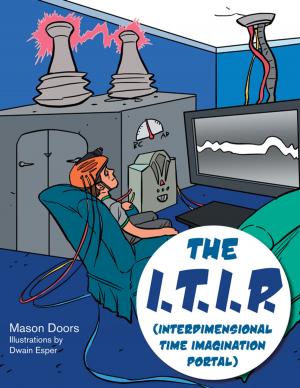



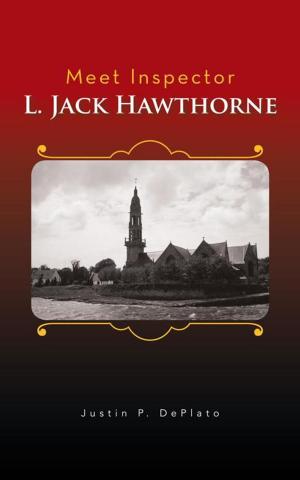
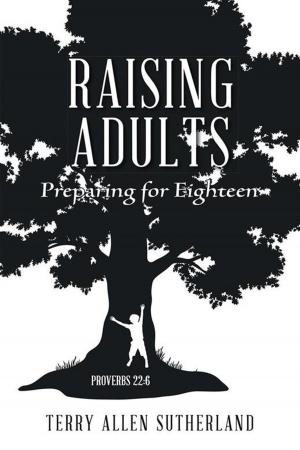
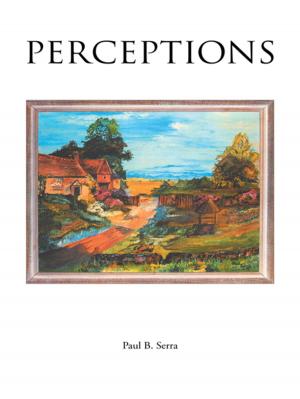


![Cover of the book Thanks for the [Spam] by John G. Sabol Jr.](https://www.kuoky.com/images/2012/july/300x300/9781477252475-xXff_300x.jpg)




